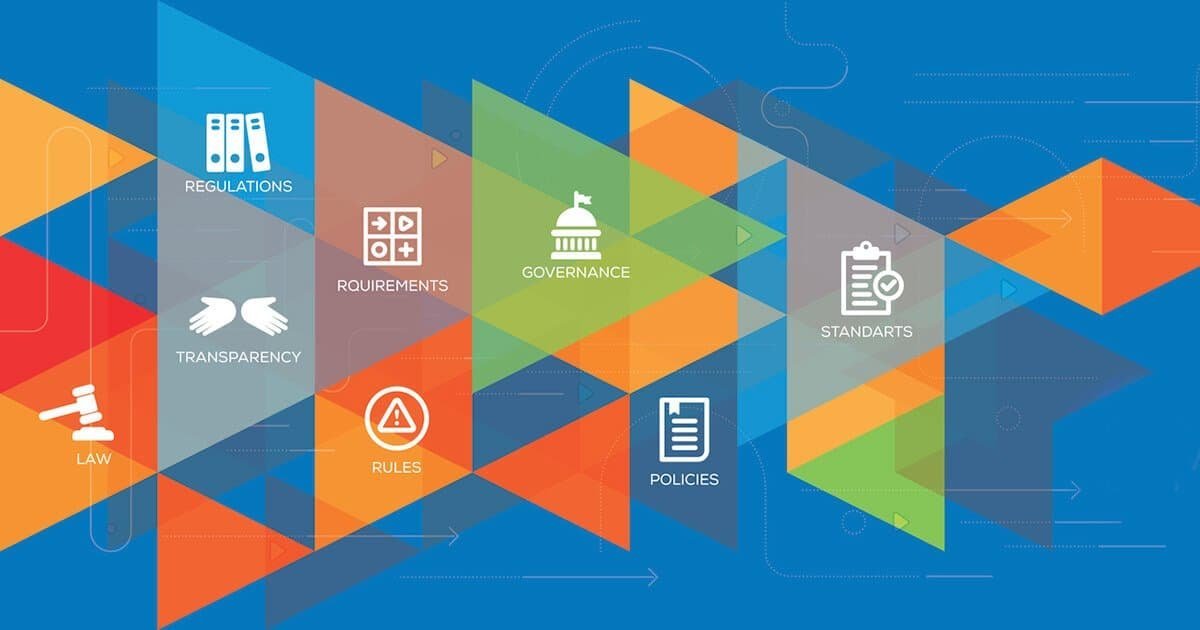
Forty-seven million Americans have some form of disability, according to the United States Census Bureau. This number will continue to increase and might get to double to 98 million by 2060 as the population ages. Individuals who have hearing, vision, or physical disabilities will get up to about 20 percent of the population and will meet significant difficulties accessing websites, applications, information, and documents online.
The Americans with Disabilities Act (ADA) is one of the far-reaching civil rights laws, which was established in 1990 for people with disabilities so that they are not discriminated against the other sections of the people as they participate in society and can access and seek information online like others.
It has been a great stride to fill the gap between the ones who want to access and seek information online through the implementation of the Americans with Disabilities Act (ADA). However, there are still many things to be done to accommodate people with disabilities to access the web. As website developers, we are stewards in driving this change. It’s easier said than done, but there is much information passed over the internet that everybody should have access to.
What Does ADA Compliance Mean?
In January 2018, the ADA regulations became increasingly apparent, setting a deadline (that is by mid-2018) for websites to become compliant to these new guidelines. It’s time for all website developers to take on the call of web accessibility (and implement them quickly).
ADA compliance is about producing elements of your websites and apps accessible to everyone, irrespective of any physical disabilities. For those of us developing and designing websites, it is much simpler to create a website with ADA compliance in mind and do so while developing rather than consolidate these elements afterwards.
Technical Details of Accessibility
While developing compliant websites, it’s necessary to know how screen readers scan the websites. Similar to the human eye, they start from the top and run their way down the page, studying each element of the site and the associated content through the tag.
It is, thus, essential to have skip links for ADA compliance because the first thing on a web page is not usually the main content. Fusing skip links as one of the first items on the website allow the user to circumvent the navigation while using a screen reader and dive right into the bulk of the website content.
Individuals with visual disabilities, as well as screen readers, cannot analyze an image or determine what the model represents. So, when it comes to building a website, web designers and developers must recognize the importance of page title tags (that is, the <title> element in HTML). There are several compulsory features to help web accessibility, such as the headings (the <h1> and following levels), and the alternative text of images (within the alt tag of the img element) to help a user grasp the context of a picture. Not only is it one of the best SEO best practices to have an alt tag for every image, but it is also crucial for compliance as images without an alt tag are possibly inaccessible.
The following are a few tips to help with compliance:
- Webpage links should have meaning when read aloud and must place the distinguishing information first
- Always organize the content pages with the relevant headings.
- Define landmark roles and use HTML 5 elements (<main>, <header, <nav> and others) properly
- When using compelling content, use appropriate values (aria-live=” off” or aria-live) to determine the screen reader how to announce the update
Should All Businesses Be ADA-Compliant?
Public accommodation businesses must consider this legal regulation and try to make their official website ADA-compliant. Whether it is retail or any B2B business, it has to be accessible to the public.
The Act has listed twelve types of public accommodations. This list was created at the time of passing the law, and it includes most of the commercial units and websites.
Now, as one of the website owners, you have to comprehend the above guidelines related to ADA compliance.
Operable
The UI elements and the website navigational components must be readily operable. To make your website navigable and be free from functionality issues, you would be a step closer to ADA compliance. All users should be capable of navigating through the website with the keyboard. Your website users must be easily able to control the scrolling content. Furthermore, every webpage should have a title, including the purpose and the subject.
Perceivable
Every element of the website information and UI has to be highly presentable, readable as well as perceivable to all users. It is the primary principle to make sure that the web contents are viewable in different ways. All users, who have some physical or visual disability, must be able to access any website happily.
One of the most straightforward examples would be how you place the image text tags rightly, insert the CAPTCHA alternate options and present the captions, which can be useful for any medium.
Understandable
The website UI operation and the content must be coherent to the rest of the website context. Also, one must make sure that the site is legible and predictable. Overall, there must be consistency all throughout the website structure. You have to instruct the web users on the fields of input. Additionally, the users who would like to do online transactions must get a confirmation on the same and should also be able to submit their orders or requests.
Robust
Why is it essential to have robust content? The reason is simple; it should be easily understood and interpreted by all users. The ADA principle is expected to set a harmony of present and future technology and thus improve your business website. Implementing these technologies will help to have the best assistance to the users.
Choosing the Website Themes Which Are Accessibility-ready
Nowadays, lots of companies build their websites on WordPress. Interestingly, one can get Accessibility Ready WordPress Themes to use for the sites. For instance, Ananyoo is one of the WordPress themes having scalable typography and bigger images that are good for all sorts of screens. This theme permits disabled persons to obtain the website using a keyboard.
Is Your Website ADA Compliant?
Compliance is something which the developer must take into account from the commencement of a website build. It is a complex process to add retroactively once the website is completed. The best way to ensure that your website is ADA-compliant is to work with a digital agency that has experts and also has in-depth knowledge of ADA compliance guidelines and best practices. There are several paid and free testing tools online. However, the results can vary considerably and are less accurate. If you prefer to develop your website, follow the checklist administered by the U.S. Department of Health and Human Services to measure accessibility.
